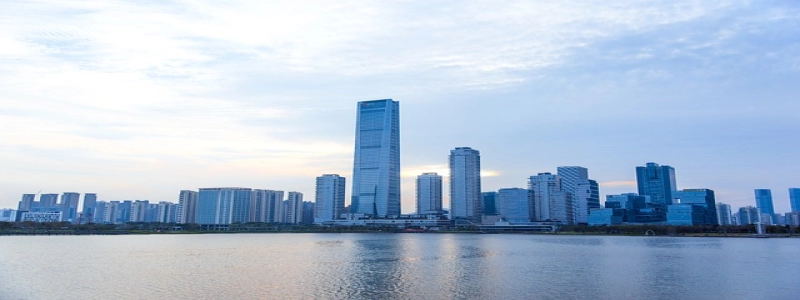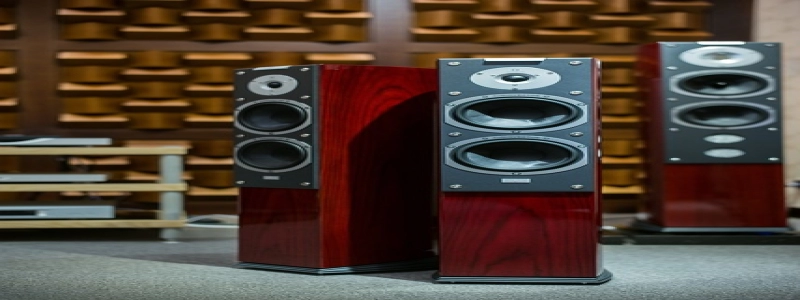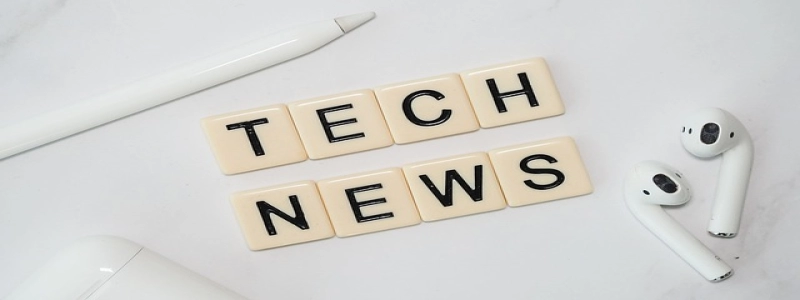How is Fiber Optic Cable Made?
소개:
Fiber optic cables are essential components of modern telecommunication networks. They are capable of transmitting vast amounts of information at incredible speeds. Have you ever wondered how these cables are made? 이 기사에서는, we will explore the intricate process of manufacturing fiber optic cables.
나. Preparing the Glass Fiber:
The first step in making fiber optic cables is preparing the glass fiber. High-purity silica glass, known as preform, is the primary material used. The preform is made by depositing layers of vaporized silica on a solid rod or tube. This process, called Modified Chemical Vapor Deposition (MCVD), helps achieve uniformity and desired refractive index.
II. Drawing the Fiber:
Once the preform is prepared, the next step is to draw the fiber. The preform is heated at one end and then stretched into a thin strand of glass fiber. This is done through a process called fiber drawing. The melted preform is pulled downwards by a motorized system, gradually forming a thin fiber strand while maintaining its integrity and diameter.
III. Coating the Fiber:
To protect the fragile glass fiber and facilitate efficient transmission of light, a coating is applied. A polymer coating is typically used. The fiber is passed through a chemical solution or extrusion die, which coats it with a thin layer of protective material. This coating helps prevent damage from external factors such as moisture, pressure, and bending.
IV. Curing and Testing:
After coating, the fiber is cured to ensure the integrity of the coating and optimize its performance. The fiber is passed through a UV light chamber, where the coating material is exposed to ultraviolet rays. This process solidifies the coating and increases its durability.
Once cured, the fiber is subjected to rigorous testing. Various tests, such as visual inspection, attenuation measurement, and mechanical testing, are performed to ensure the quality and reliability of the fiber. Any faulty fiber is removed from the production line to maintain the highest standards.
V. Assembling the Cable:
Multiple fibers are then assembled to create a fiber optic cable. The fibers are arranged in a precise pattern and enclosed within a protective outer sleeve, known as the jacket. The jacket serves as additional protection against external elements and ensures the overall strength and flexibility of the cable.
VI. Final Inspection and Packaging:
Before the fiber optic cable is ready for distribution, a final inspection is conducted. The cable undergoes tests to verify its optical and physical properties. This extensive examination guarantees that the cable meets industry standards and performs optimally.
Once deemed satisfactory, the fiber optic cables are carefully packaged for delivery. They are wound onto spools or coiled into reels, ready to be installed in various telecommunications systems and networks around the world.
결론:
Fiber optic cables are the backbone of modern communication, enabling high-speed data transmission over long distances. The process of making fiber optic cables involves meticulous steps, from preparing the glass fiber to the final inspection and packaging. The advanced technologies and precision employed in their production ensure the reliability and efficiency of these cables, contributing to the seamless connectivity we enjoy today.








